Ever take a picture and it comes out looking orange, gray or blue? Well, the problem was with the white balance you used when taking the picture. White balance is often something people either don’t know to think about or forget to think about.
Why is WB something you need to pay attention to when taking the shot? Simply put – using the wrong white balance can make your image look just plain bad. Good news is that it is easy to fix, usually, just takes time. However, sometimes the WB can be so off that it takes many adjustments to fix, so it’s better to try to get it right in camera.
To help everyone get a better handle on WB, and not overwhelm everyone with one long gigantic post, I am going to do a four part series on this one photography topic:
- White balance in camera with built-in presets (this post)
- Custom white balance in camera
- Custom white balance with a gray card in one image and then synced in post processing
- How to fix white balance issues in Photoshop, Lightroom and PSE and how to fix cast issues that might be left over from the correction.
So, what the heck is white balance? It is how your camera measures the color temperature of the light so that white color stays white. Light has various temperatures, ranging from cool to warm. Our cameras try to measure that temperature the best it can but does not always get it right. Knowing the presets, and how to custom WB when needed, will drastically improve your photography.
Today’s post is very simple, one that just shows what the different in-camera presets look like on one image. I wanted get those who are new to their cameras familiar with the concept of WB and how to change it on their cameras.
Regardless of the brand of DSLR you have, you CAN change your white balance. Nikon models D40, D60, D3000, D3100, D5000 and D5100 must go through their menu to change the WB. Canon models have an external button to push and change the preset (I believe, correct me if I’m wrong).
With each of the pictures below I only changed the white balance, nothing else, starting with Auto WB and then changing the preset for each successive photo. The images are SOOC, with only the WB preset used written on it.
 Auto WB is often a good fit for me, except for when I shoot in the shade, then it’s way off.
Auto WB is often a good fit for me, except for when I shoot in the shade, then it’s way off.
 Incandescent is heavy in blue and green, to cool down the warm light of incandescent light bulbs.
Incandescent is heavy in blue and green, to cool down the warm light of incandescent light bulbs.
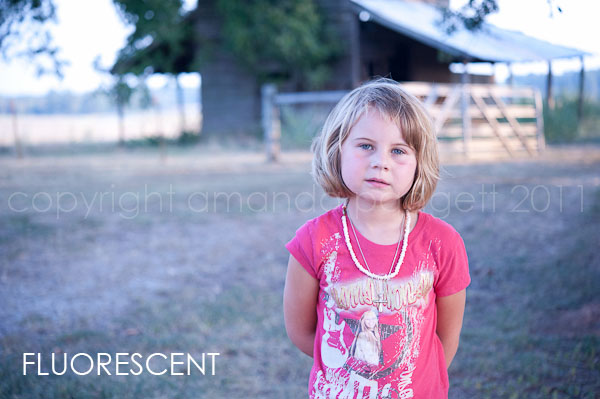 The fluorescent setting is best used for when you’re in only flu0rescent lighting (not a mix of lighting sources). You can tell that on this image it added blue and magenta.
The fluorescent setting is best used for when you’re in only flu0rescent lighting (not a mix of lighting sources). You can tell that on this image it added blue and magenta.
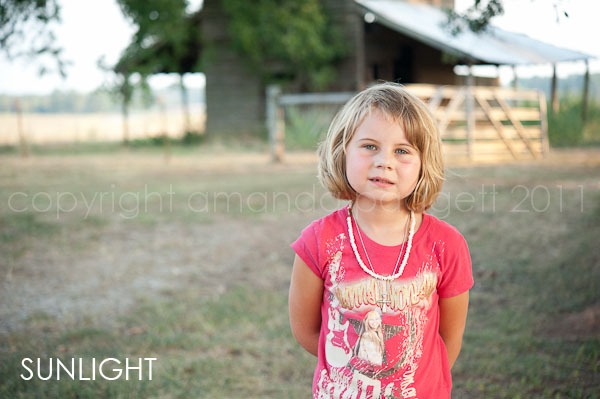 The sunlight setting was nice for this shot, not to much to fuss about.
The sunlight setting was nice for this shot, not to much to fuss about.
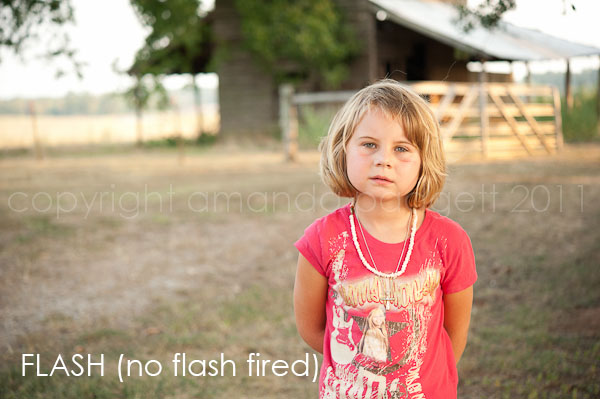 Flash is a bit cool, so this preset adds in some warmth, but for this shot it’s a bit too much warmth.
Flash is a bit cool, so this preset adds in some warmth, but for this shot it’s a bit too much warmth.
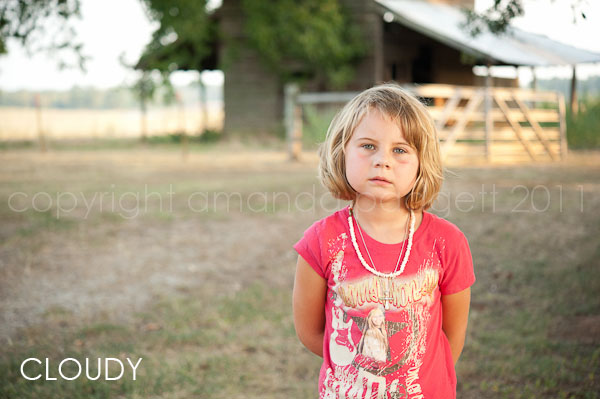 Cloudy works well with this image, but maybe a touch too warm for me.
Cloudy works well with this image, but maybe a touch too warm for me.
 Shade light is a cooler than sunlight, so the camera adds extra warmth. For this shot, it was too much warmth.
Shade light is a cooler than sunlight, so the camera adds extra warmth. For this shot, it was too much warmth.
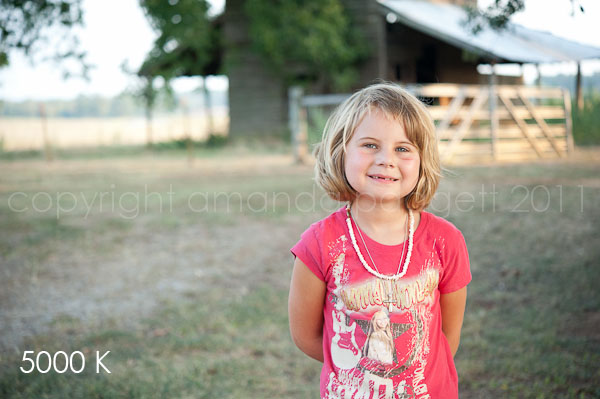 Setting the temperature to 5000K worked well for this light. I feel like Delanie (her skin) looks the most like herself in this image.
Setting the temperature to 5000K worked well for this light. I feel like Delanie (her skin) looks the most like herself in this image.
Curious about the 5000K – what is the ‘K?’ K stands for Kelvin, and it merely means you are setting it to that temperature. The range for temperatures goes from 2000 (coolest) to 50,000 (warmest). A nice starting point, if you want to try out Kelvin, is 5000 (thus why I used that setting).
Which one was your favorite? My favorites are Auto, Sunlight and 5000K, with my top pick probably 5000K with Sunlight in close second. Auto and 5000K were very similar, but just something about the 5000K made me choose it.
Want some homework? Go outside and take a picture of someone in the same spot, using the different WB presets in your camera. Practicing will be the best way to learn and cement this information.
Helpful tip: I have heard from experts that if you are outside and not sure of the WB setting to use, Cloudy is a safe bet to use.
For more informative articles on WB, try Understanding White Balance from Cambridge in Colour and What is White Balance by Darcy at My 3 Boybarians.


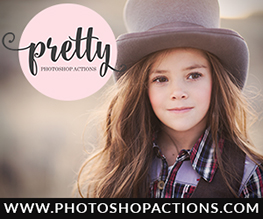

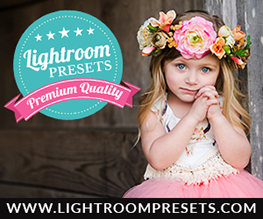
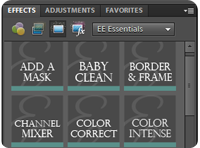

Thank you for this series. I have always wondered about white balance and how to use it.
Great post Amanda, you have helped me so much, I appreciate it so much!!!
So HAPPY to see Delanie:-) She looks great!
Kelly Tonks
Very helpful information! I have always wanted to understand WB. No wonder my photos always turned out too warm. Lol! Thanks for this!
Thanks – Sunlight has always been my WB default but I’m going to try Cloudy more often and see what I think.
I shoot a D90…I just scanned my camera menu and couldn’t locate the WB settings. Can you please explain how to change the settings?
Great post, good tips! I’ll have to experiment with my WB!
I have a Canon Rebel Xsi and the White Balance button is actually on the back of my camera, just to the right of the LCD screen. Press the button and the choices show up on the LCD screen. I am usually shooting outdoors, so I do a few test shoots and check the camera preview. If it is sunny, I’ll shoot a pic in Sunlight and Auto, preview them, and see which I like. If in shade, I check out Auto, Sunlight, Shady, and Cloudy. Lately, I have been more inclined to stay in Auto White Balance and use various Photoshop Elements actions as well as a Hue/Saturation adjustment to modify the final outcome.
I usually find Shady to have too much of a warm cast, but have to say that I actually love love love it in this sweet portrait!
Oooohhh! Can’t wait for the 4th one!!! And please, please do a post on your experience at Photoshop World in Vegas!!! Very curious 🙂
Thanks for the info on WB. Been confused as to why my lighing was coming out weird on my portrait shots. Been keping it in Auto so as not to mess it up. Now I know to experiment. Really like the 5000k, but can’t seem to find it on my camera. I have a Nikon 5200. It has a preset manual and I don’t see 5000k. I have a client who loves that look and so I have been photoshoping to get that look. Too time consuming, but if you can let me know if my camera has it, it would be great.